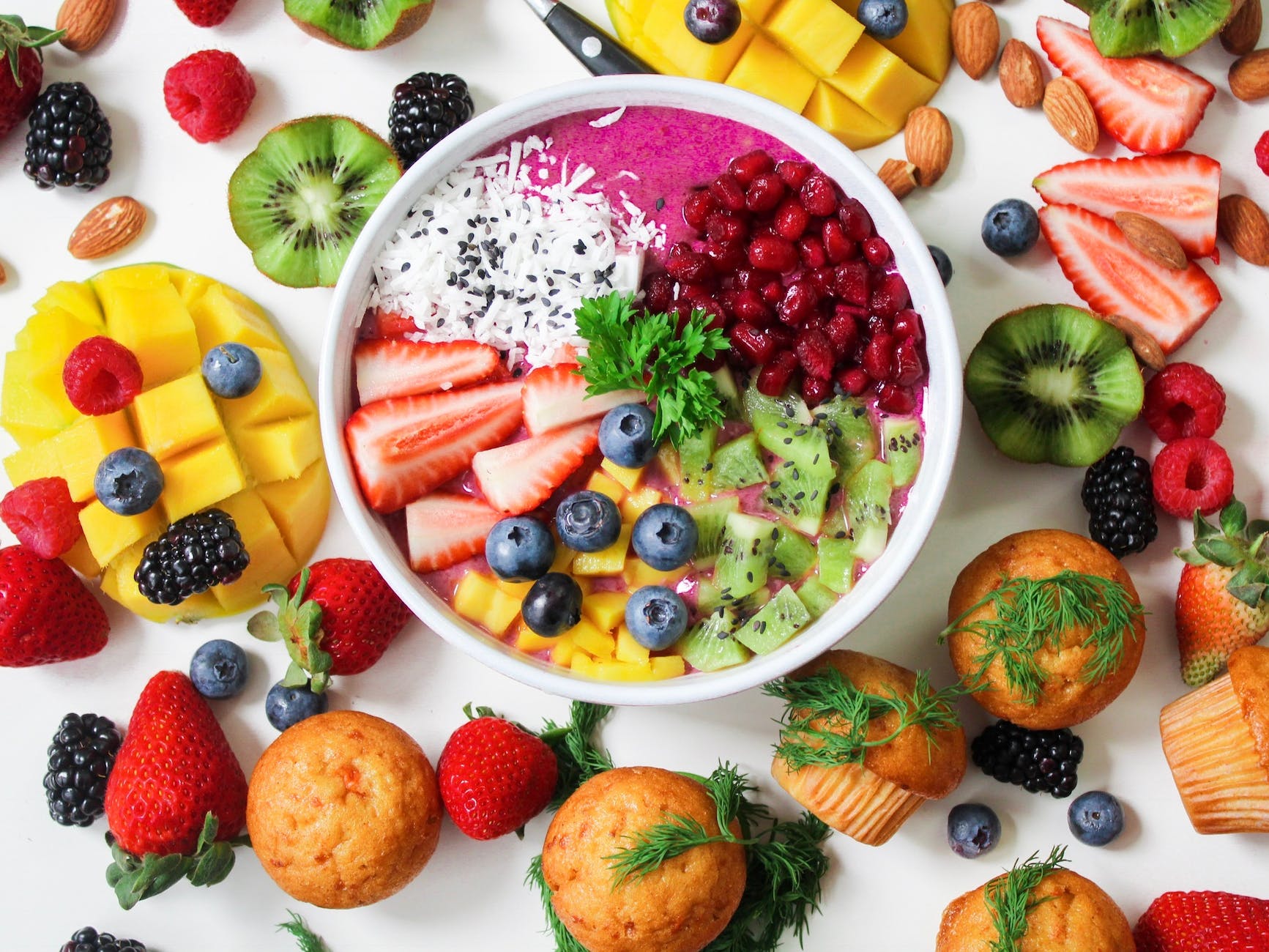Introduction
Blood sugar spikes are increases in blood sugar to 180 mg/dL (10 mmol/L) or higher after a meal. Such spikes are common in people with diabetes or prediabetes, but they can occur in anyone. The video provides insights into six evidence-based dietary strategies that lower the blood sugar response after a meal and help avoid blood sugar spikes, all without reducing total carbohydrate intake.
Watch the Video Here:
In the video above, six evidence-based strategies are discussed that lower the blood sugar response to a meal to avoid blood sugar spikes. These strategies are essential for people with diabetes or prediabetes, and also beneficial for individuals without these conditions.
Strategies to Avoid Blood Sugar Spikes
- Minimize Foods with a High Glycemic Index: Opt for foods with a low glycemic index to maintain stable blood sugar levels.
- Eat Starchy Foods After Retrogradation: Consuming starchy foods after they have cooled down can help in reducing the blood sugar spike.
- Don’t Eat “Naked” Carbs: Combine carbohydrates with other nutrients to slow down their digestion and absorption.
- Add Some Vinegar: Including vinegar in your meals can help lower the post-meal blood sugar levels.
- Use the Second Meal Effect to Your Advantage: The second meal effect can help in maintaining blood sugar levels after subsequent meals.
- Go on a Walk After the Meal: Engage in mild physical activity like walking post meals to regulate blood sugar levels.
Additional Resources
- Blog Post Associated with the Video
- Download Poster Summarizing the Six Strategies to Avoid Blood Sugar Spikes
- Download Poster Showing the Glycemic Index and Glycemic Load Values of Common Foods
FAQs
- What is the Glycemic Index?
- The Glycemic Index is a ranking of carbohydrates in foods according to how they affect blood glucose levels.
- How does walking post meals help in regulating blood sugar?
- Walking post meals aids in the utilization of glucose, helping to stabilize blood sugar levels.
- What is the second meal effect?
- The second meal effect refers to the improved glycemic control after the second meal, attributed to the slow digestion and absorption of carbohydrates.
- How does vinegar help in reducing blood sugar levels?
- Vinegar can improve insulin sensitivity and help lower blood sugar responses after meals.
- What are “naked” carbs?
- “Naked” carbs refer to carbohydrates consumed without other nutrients, which can lead to a rapid spike in blood sugar levels.
- What is the significance of eating starchy foods after retrogradation?
- Eating starchy foods after retrogradation changes the structure of starch, making it more resistant to digestion, and hence, reducing the blood sugar spike.
- How can minimizing high glycemic index foods help?
- Minimizing high glycemic index foods helps in maintaining stable blood sugar levels by ensuring a slow and steady release of glucose into the bloodstream.
- Are these strategies useful for non-diabetic individuals?
- Yes, these strategies are beneficial for everyone in maintaining stable blood sugar levels and overall health.
- Can these strategies help in weight management?
- Yes, maintaining stable blood sugar levels can aid in effective weight management.
- Where can I find more information and resources?
- Detailed information and additional resources are available on the Nourished by Science website.
Conclusion
Avoiding blood sugar spikes is crucial for managing diabetes and promoting overall health. The strategies discussed in the video and summarized in this post provide practical and effective ways to manage blood sugar levels without reducing carbohydrate intake. Implementing these strategies can contribute to improved health, enhanced well-being, and a reduced risk of diabetes-related complications.
Blog Tags
blood sugar spikes, normal blood sugar levels, type 1 diabetes, type 2 diabetes, prediabetes, diabetes diet, diabetes nutrition, resistant starch, second meal effect, walking and blood sugar, glycemic index, glycemic load, preventing blood sugar spikes, reduce blood sugar
Credits
- Video Creator: Nourished by Science
- Channel: Nourished by Science YouTube Channel
- Video Link: How to Avoid Blood Sugar Spikes (Without Reducing Carb Intake)










